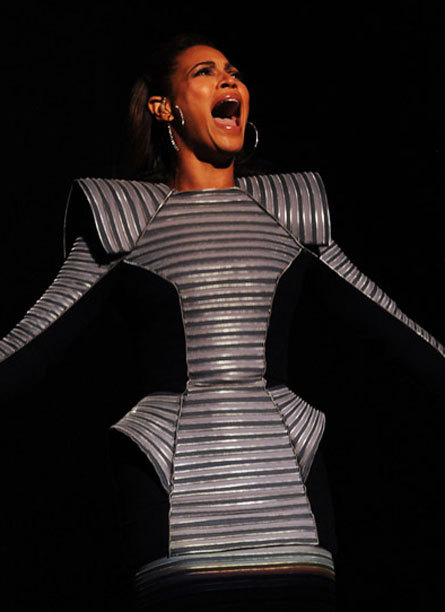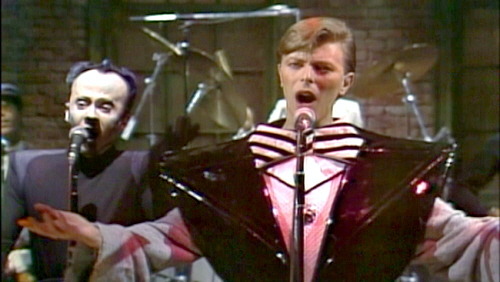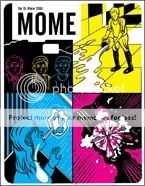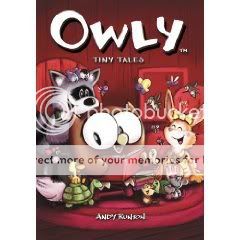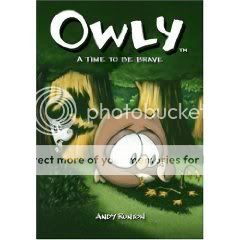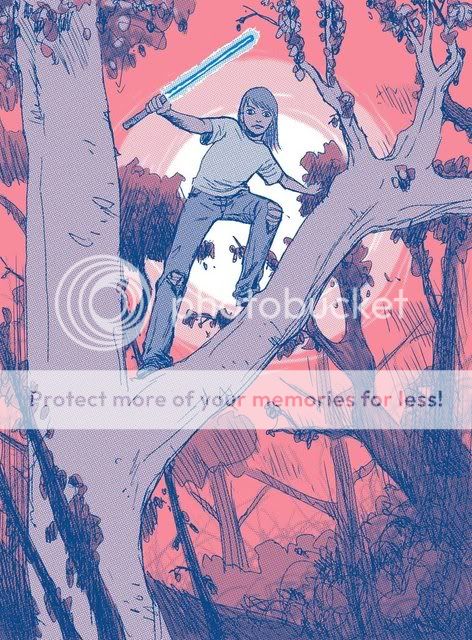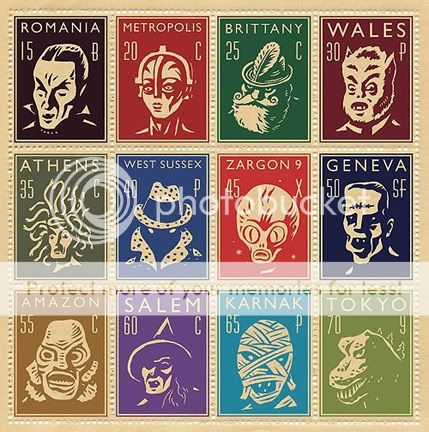I liked it a lot!
Foremost, I think it got all the characters across in all their lovable fucked-uppedness. They are lovable, at least to me, even if most of them are sociopathic creeps. I’m fond of them, and the movie reminded me of why. Jon is unnerving and sad, Dan is adorable and a little off in a nutty-professor way, Laurie’s a sexy mess, Sally’s a formerly sexy mess, Rorschach is extravagantly over the top (a lot of his journal’s more outré pronouncements became laugh lines, something the character’s admirers in fandom may not be prepared for), and (my biggest pre-screening worry) Ozymandias is basically David Bowie crossed with Lex Luthor. No complaints on any score.
Second, you may have noticed the legend at the bottom of my blogroll reading “KEEP COMICS EVIL.” With that in mind, I have to admit that I’m simply chuffed that there’s a full-fledged superhero movie out there now with a hard-R rating. And man, is it ever hard! Unbelievably graphic violence for a superhero action movie–I think that’s important to keep in mind when reading criticism of the violence in this movie, just that it’s never been shown to be like this before. To the extent that the violence is glorified or fetishized, well, isn’t that what the superheroes are doing? Literally, in Dan and Laurie’s case? Speaking of, there’s a pretty graphic sex scene between the two of them. There’s boobs, tons of man-ass, a little woman-ass, and of course, Lower Manhattan. (Which was not nearly as distracting as it’s been made out to be, by the way–the movie had a way of cutting away from it when it might become so, and rumors of its kinship with Dirk Diggler’s claim to fame have been greatly exaggerated.) Sex, dismemberment, and superheroes…I mean, look at my movie-review sidebar, obviously this is delightful to me in someway.
Maybe my favorite aspect of the movie is how it riffed not just on superhero conventions, but on ’80s sci-fi action dystopia movies, too. I think it was Harry Knowles or Moriarty who pointed out that the score was designed to evoke the likes of Vangelis, Tangerine Dream, and John Carpenter–it’s not super heavy-handed at it, nor is it as obvious as, say, “Machine Gun” by Portishead, but it’s there. Meanwhile, during the sex scene, the flick uses a super-duper-conspicuous romantic pop song (Leonard Cohen’s “Hallelujah,” getting a big laugh from the audience), in much the same way that basically every ’80s movie starring Tom Cruise did. The Road Warrior and that 1984 Macintosh Super Bowl ad figure prominently on Ozymandias’s TV screens toward the end. It’s cleverly done.
Speaking of ’80s movie connections (and even The Road Warrior, given that the snippet we see is of the masked Lord Humungus shooting his big gun), the movie made explicit something I noticed upon my last re-read, which is that Rorschach’s design owes as much to masked killers like Michael, Jason, and Leatherface as it does to the Question or Mr. A. How does it do this? By changing around the climax of the sequence where Rorschach “becomes Rorschach” in a way I won’t spoil, but suffice it to say is a pretty direct link to slasher films. (Not to mention less of a ripoff of the climax of the original Mad Max, just to bring things full circle.)
But it’s very much a superhero movie–the costume tweaks, the action sequences, the glory shots, Big Figure–and that’s totally fine by me. I think it’s easy to forget that for all its distrust of the genre, for all its deconstruction of the genre, for all of Moore and Gibbons’s formal achievements in it, and for all of Moore’s later ambition and achievements outside the genre, Watchmen is not Eightball #23. It’s very, very much a superhero comic, and much of its pleasure derives from how effectively it can deploy that aspect of itself in contrast to the other things it’s doing. The movie isn’t wall-to-wall X-2 or anything, it saves the most superheroey stuff for after Dan and Laurie get back into costume and start kicking ass again (Patrick Wilson plays the transformation beautifully, going from sad-sack to Batman seamlessly), but it’s there, and good!
Everything that was cut could afford to be cut and everything that was changed made sense in its new version. Yeah, you may notice the absence your favorite detail or line what have you. I wish Comedian’s close-up “Somebody EXPLAIN it to me” plea during his drunken confession to Moloch had stayed in; ditto “The light is taking me to pieces.” But I didn’t exactly miss any of it, nor did I miss the ancillary characters, or having Captain Metropolis head up the ill-fated “Crimebusters” meeting, nor did I care that they called the non-existent group the Watchmen instead of the Crimebusters–what difference does it make what you call a team that never existed? The ending is the biggest change, obviously, and while I am a passionate defender of the shaggy-dog-joke punchline of the original, this solution is far more elegant and, honestly, the kind of thing Moore would totally do. I think it helps sell Dr. Manhattan’s decision at the end, too.
I had a lot of fun and would happily see it again. I imagine that if you suspect you won’t like it, you’re not gonna like it, it’s not gonna change your mind. But as I always said, my Watchmen calculation was simple arithmetic: I love Watchmen the comic, I really liked Zack Snyder’s Dawn of the Dead remake and 300 adaptation, so I’d probably like Zack Snyder’s Watchmen adaptation. Sure enough!




